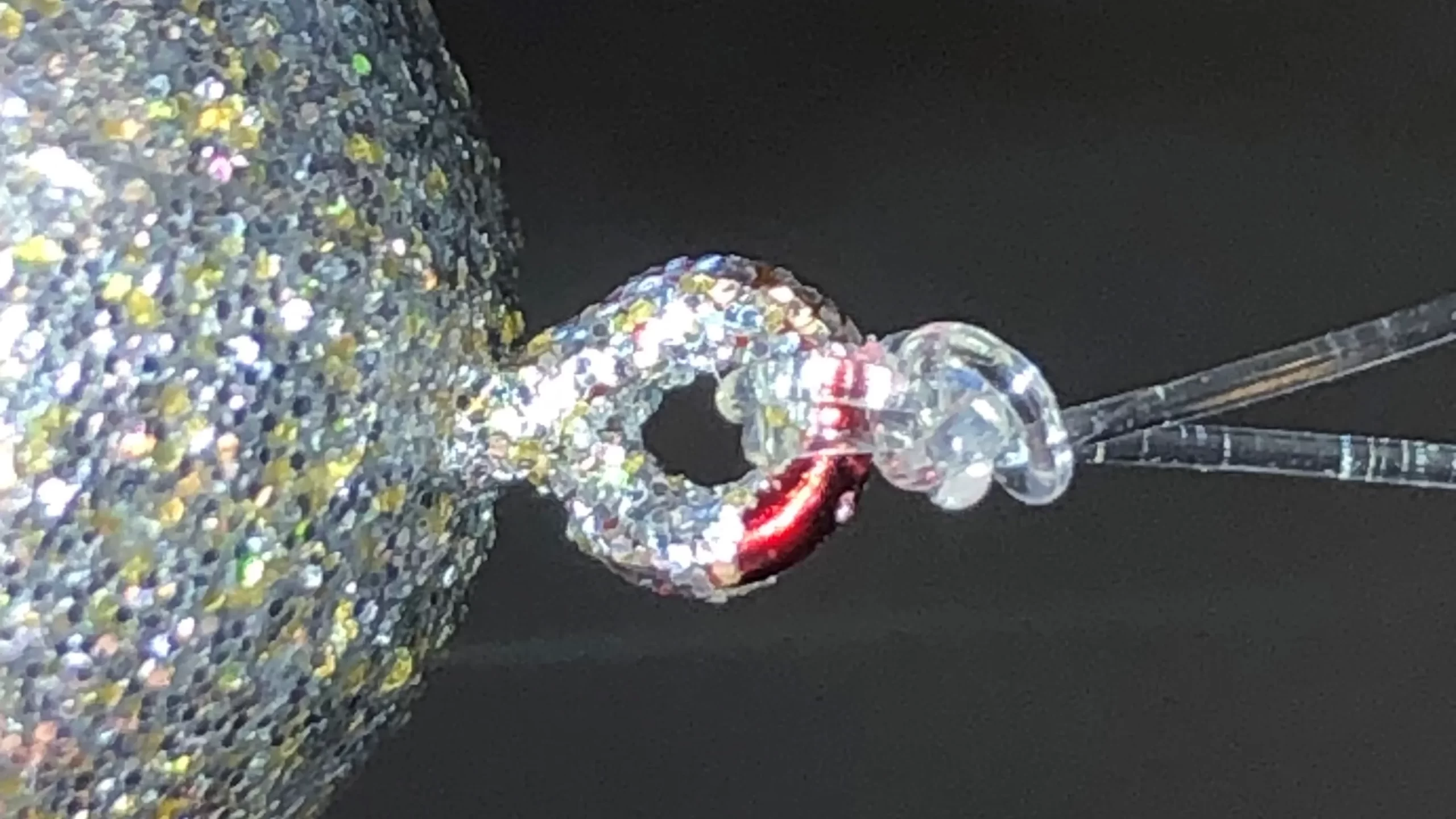Three Knots Every Fisherman Should Know

* This page contains affiliate links. The Great Lakes Fisherman may earn a commission on items purchased through these links. For more on this, please click here.
When it comes to fishing knot selection, some are better than others. There are countless knots out there and each have their advantages and disadvantages. For fisherman, knots can be difficult depending on the conditions. Tying a rope is one thing. But trying to tie a 4 lb flourocarbon leader onto a hook with a eyelet the size of a pinhole is another matter completely. Furthermore, doing so while bouncing around in a boat can make the task nearly impossible. While there are plenty of specialty knots to know for specific situations, here are the top three knots that every Great Lakes fisherman should know.
The Palomar Knot
Best Use: Terminating line at hook/lure
Dexterity Level: Easy
Strength Level: Strong
Advantages: Terminating line at terminal tackle
Disadvantages: Threading through small lure eyelets; only practical for terminal tackle.
The Palomar knot is, in my opinion, the best fishing knot for tying on terminal tackle. It’s balance of strength and its ease of use make it the ultimate knot for tying on your lures. One of its major drawback is that can only be used for tying onto your terminal tackle. This is because one of the steps in tying the knot involves passing the lure through a loop in the line. While this is great for hooks, swivels and smaller lures, it can get very cumbersome for tying on a 4 foot long leader, for instance. It is also very difficult to tie onto very small lures and hooks as the line needs to double up though the eyelet. Nonetheless, as fisherman, the final knot that attaches to our larger hooks and swivels are some of the most common knots we tie, which is why this is a favorite of many.
The Improved Clinch Knot
Best Use: Terminating lines at small terminal tackle; attaching leader to a swivel that is already on the main line
Dexterity Level: Easy
Strength Level: Medium
Advantages: Terminating line anywhere; good for smaller tackle
Disadvantages: Not as strong as the palomar; not the best for terminating medium-large tackle.
The improved clinch knot is often the first fishing knot we learn. Its versatility makes it great for use in many situations. It is particularly good for tying smaller line to smaller tackle as the line only passes through the eyelet once. It is also a great knot for adding a new leader into a main with a barrel swivel already on the line.
The Double-Uni Knot
Best Use: Tying 2 lines together
Dexterity Level: Medium
Strength Level: Strong
Advantages: Relatively easy to tie; strength
Disadvantages: There are arguably some stronger line-to-line knots out there
Every fisherman needs to have one knot in their arsenal for line-to-line terminations. In my opinion, this is the best all around knot for this purpose. While no line-to-line knots are easy to tie, especially in a boat, this one is one of the easiest. It is also a very strong knot and should hold up in the toughest situations.
